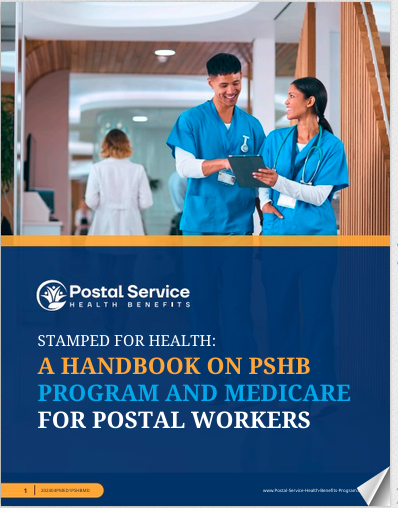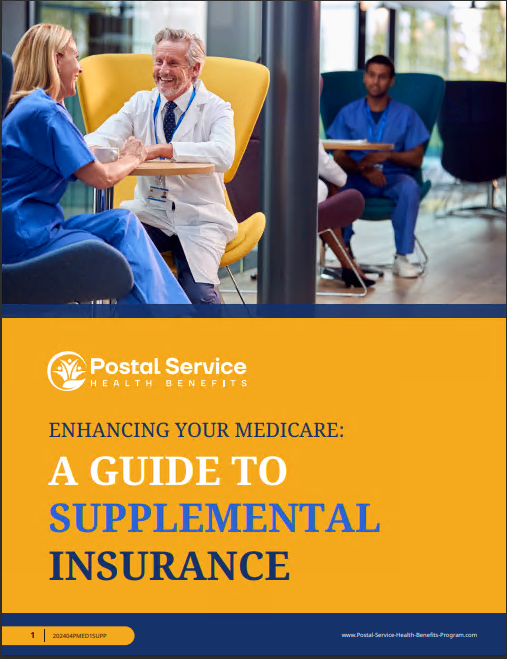Key Takeaways
- The Postal Service Health Benefits (PSHB) program offers eligible employees and retirees access to a range of health plans, emphasizing choice and flexibility.
- Understanding who is eligible for PSHB and which plans are available is crucial for making informed healthcare decisions.
Who’s in and Who’s Out? The Health Plans You Can Choose from Under PSHB
Navigating the complexities of healthcare plans can be challenging, particularly for federal employees and retirees who need to make informed choices about their health benefits. The Postal Service Health Benefits (PSHB) program, a relatively new offering under the Federal Employees Health Benefits (FEHB) umbrella, is designed specifically for postal employees and retirees. This article will delve into who qualifies for PSHB and the range of health plans available, helping you understand the options and make the best decisions for your healthcare needs.
Understanding the PSHB Program
The Postal Service Health Benefits (PSHB) program was established as a separate entity under the larger FEHB system to better cater to the specific needs of postal workers and retirees. This program is part of a broader effort to address the healthcare needs of a large and diverse workforce, ensuring that the coverage provided is both comprehensive and tailored to the unique circumstances of those within the postal service.
The PSHB is particularly relevant for those who are transitioning into retirement, as well as current employees who need to understand how their options may differ from other federal employees. Understanding the PSHB can empower postal employees and retirees to select health plans that best meet their needs, both in terms of coverage and cost.
Who Is Eligible for PSHB?
Eligibility for the PSHB program is primarily determined by your employment status with the United States Postal Service (USPS). Generally, three main groups qualify for PSHB coverage:
- Current USPS Employees: If you are currently employed by the USPS, you are eligible to enroll in the PSHB program. This includes full-time, part-time, and temporary workers who meet certain employment criteria.
- USPS Retirees: Retirees who were employed by the USPS before their retirement and are eligible for federal retirement benefits are also eligible for PSHB coverage. This group includes individuals who are transitioning from active employment to retirement.
- Eligible Family Members: Family members, such as spouses and dependent children of USPS employees and retirees, may also be eligible for PSHB coverage. It is essential to check the specific criteria for dependent eligibility to ensure that your family members are covered.
What Health Plans Are Available Under PSHB?
The PSHB program offers a variety of health plans that fall into different categories, each designed to meet the diverse needs of USPS employees and retirees. While the exact plans available can vary each year, here are the general types of plans you can expect under the PSHB:
1. Fee-for-Service (FFS) Plans
Fee-for-Service plans are traditional health insurance plans where the insurer pays a specific percentage of the cost of healthcare services, and the enrollee pays the remaining portion. These plans often provide flexibility in choosing healthcare providers and facilities, making them popular among individuals who prefer more control over their healthcare choices. Under PSHB, FFS plans may be paired with preferred provider organizations (PPOs), which offer a network of doctors and hospitals at reduced costs.
2. Health Maintenance Organization (HMO) Plans
HMO plans are another common option under the PSHB program. These plans typically require enrollees to select a primary care physician (PCP) who manages their healthcare and provides referrals to specialists when necessary. HMO plans usually have lower out-of-pocket costs but less flexibility in choosing healthcare providers compared to FFS plans. They are ideal for individuals who prefer coordinated care within a specific network of providers.
3. High Deductible Health Plans (HDHPs) with Health Savings Accounts (HSAs)
For those who are interested in managing their healthcare expenses with more control, High Deductible Health Plans (HDHPs) coupled with Health Savings Accounts (HSAs) are available under the PSHB program. HDHPs offer lower premium costs but higher deductibles, making them suitable for individuals who are generally healthy and do not expect to incur significant medical expenses. The accompanying HSA allows enrollees to save money tax-free for future medical expenses, providing an additional layer of financial planning for healthcare.
4. Consumer-Driven Health Plans (CDHPs)
Consumer-Driven Health Plans are similar to HDHPs in that they involve higher deductibles and offer more control over healthcare spending. However, CDHPs typically come with a health reimbursement arrangement (HRA) instead of an HSA. The HRA is funded by the employer and can be used to cover eligible medical expenses, offering a different approach to managing healthcare costs.
Comparing Your Options: Key Considerations
When choosing a health plan under the PSHB program, several factors should be taken into account to ensure that the plan you select aligns with your healthcare needs and financial situation. Here are some key considerations:
1. Cost vs. Coverage
One of the most critical factors in selecting a health plan is balancing the cost of premiums, deductibles, and out-of-pocket expenses with the coverage provided. While HDHPs might be attractive due to lower premiums, the higher deductibles could be a concern if you require frequent medical care. On the other hand, HMO plans might offer lower out-of-pocket costs but limit your choice of healthcare providers.
2. Flexibility in Provider Choice
If having the freedom to choose your healthcare providers is important to you, FFS plans or PPOs under the PSHB might be the best fit. These plans allow you to see any doctor or specialist without needing referrals, providing greater flexibility, especially if you require specialized care.
3. Healthcare Needs
Your current health status and expected healthcare needs should heavily influence your decision. If you have a chronic condition that requires regular visits to specialists, an HMO plan might be limiting due to the need for referrals. Conversely, if you are generally healthy, a plan with lower premiums and higher deductibles might be more cost-effective.
4. Family Considerations
If you are covering family members under your plan, consider their healthcare needs as well. Some plans might offer better family coverage options, including maternity care, pediatric services, and mental health services, which are important to consider when evaluating your choices.
How to Enroll in the PSHB Program
Enrolling in the PSHB program follows a process similar to enrolling in other FEHB plans. The enrollment period typically occurs during the annual Open Season, a designated time when federal employees and retirees can make changes to their health insurance coverage.
Steps for Enrollment:
- Review Plan Options: Start by reviewing the available health plans under the PSHB program. Consider factors such as cost, coverage, and provider networks to narrow down your options.
- Compare Plans: Use comparison tools provided by the Office of Personnel Management (OPM) or other resources to compare different plans side-by-side. This can help you identify the plan that offers the best value for your needs.
- Submit Your Enrollment: Once you have selected a plan, you can enroll through your agency’s human resources department or online through the OPM’s enrollment portal. Ensure that all necessary documentation is completed accurately to avoid delays in coverage.
Important Deadlines
It is crucial to pay attention to the Open Season deadlines, as missing the enrollment period could mean waiting another year to make changes to your health coverage. Additionally, if you are retiring soon, it’s important to understand how your enrollment options might change and what steps you need to take to ensure continuous coverage.
Planning for the Future: What to Expect
As the PSHB program continues to evolve, staying informed about changes and updates is essential for making the best decisions for your healthcare. The USPS and OPM periodically review and update the plans available under the PSHB, and these changes could impact your coverage options. Therefore, it’s important to regularly review your plan and consider if it still meets your needs as your circumstances change.
Staying Informed
Keep an eye on official USPS and OPM communications, which often provide updates on any significant changes to the PSHB program. Additionally, staying in contact with your human resources department or a licensed insurance agent can provide you with the most up-to-date information on your options.
Retirement Considerations
For those nearing retirement, understanding how your health coverage transitions from active employment to retirement under PSHB is crucial. Make sure to review the available options and consider how they align with your post-retirement healthcare needs.
Making the Right Choice
Selecting the right health plan under the PSHB program is a significant decision that requires careful consideration of your healthcare needs, financial situation, and future plans. By understanding the eligibility requirements, comparing the available health plans, and staying informed about program changes, USPS employees and retirees can make well-informed decisions that ensure they and their families receive the necessary healthcare coverage.
Contact Information:
Email: [email protected]
Phone: 1816588326






